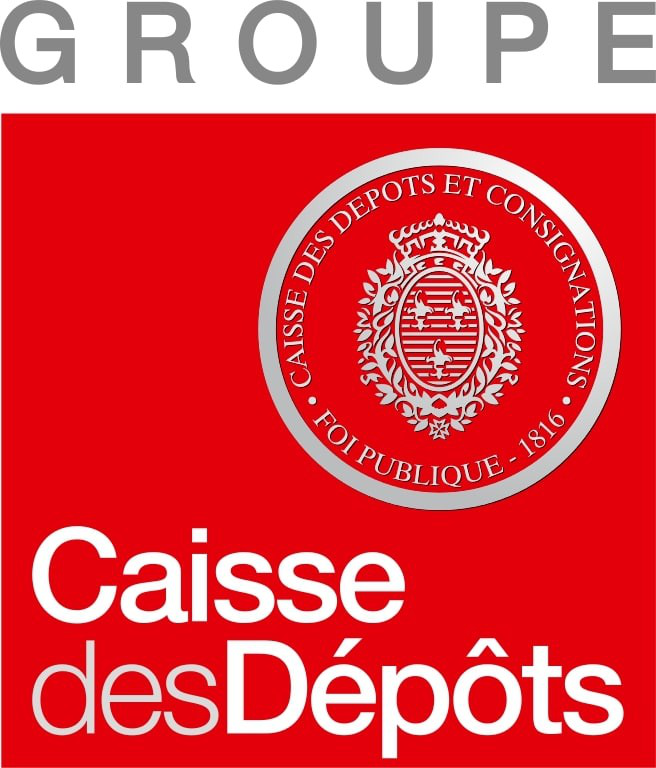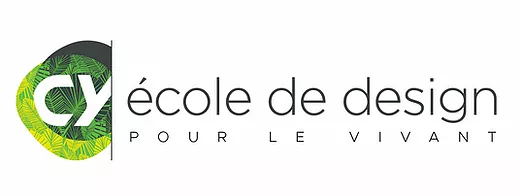Workshops
KNOWLEDGE AND DOCUMENT ENGINEERING IN SPACES FOR CRITIC
IRI studies, imagines and develops new kind of tools for annotation and critical activities, based on the combination of information and metadata architectures. With the help of hypermediatic navigation interfaces relying on algorithmic modules for the detection of signals, and modules for the visualization of data (cartography). The fruits of these research is regularly used to update « Ligne de Temps », IRI’s own software for the annotation of temporal objects (music, recordings etc.). The research in this field are progressively turning toward the dynamic annotation of oral and written language, and the annotation of pictures.
COLLABORATIVE TECHNOLOGIES AND TOOLS FOR TRANSINDIVIDUALTION
IRI leads a series of research and experimentations to explore the concept of « Signed and collaborative readings » which associate annotating techniques from books and paper-based media which do not exist yet on the web, and new paradigms for collaborative work enabled by very fast networks. An important aspect of that work is the conception of technologies which follow, update and administer the exchanges, debates and polemics which come from the collaboration of annotating agents, in the medium previously described. This axis of research covers all technologies of psychological and collective individuation through the use of active reading (reading/writing), those transcription tools which enable to transform oral speech to a written form, and the tools used to manage the communities of listeners and critics which receive and enrich this information.
MULTIMODAL INTERFACES, MOBILITY AND MOTRICITY IN INSTRUMENTED PRACTICES
Motricity is a key-element to our judgement faculty : it is often through repetition and « gesturalization » of a symbolic form that we apprehend it better. The « musical ear » for example is trained within the gestural and ocular activity coordinated by the instrument and the musical score, and similarly the eye of a painter is trained relatively to the actions of the hand as they manipulate and master certain techniques. It is through such « circuits » between our organs that aesthetic objects are formed.

 in english
in english en français
en français











